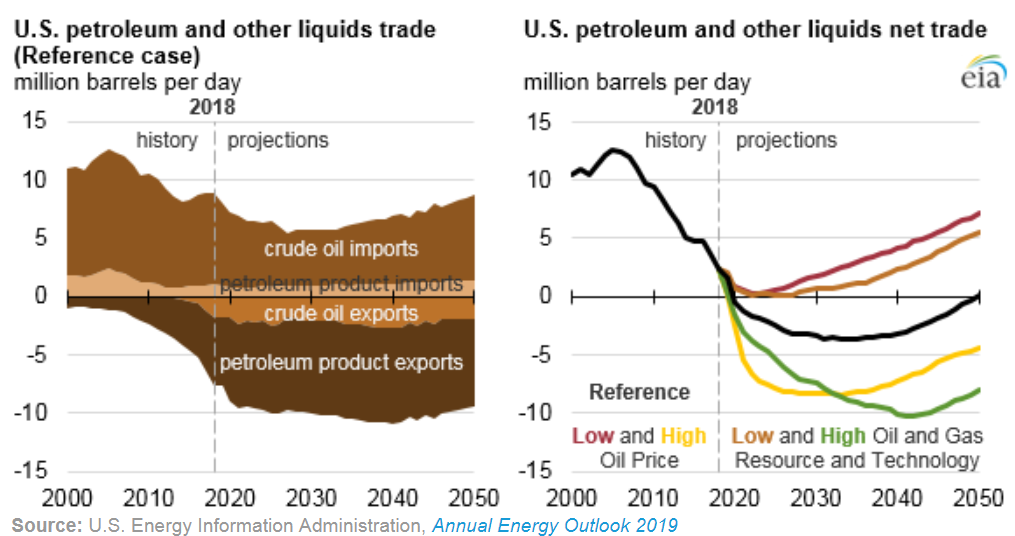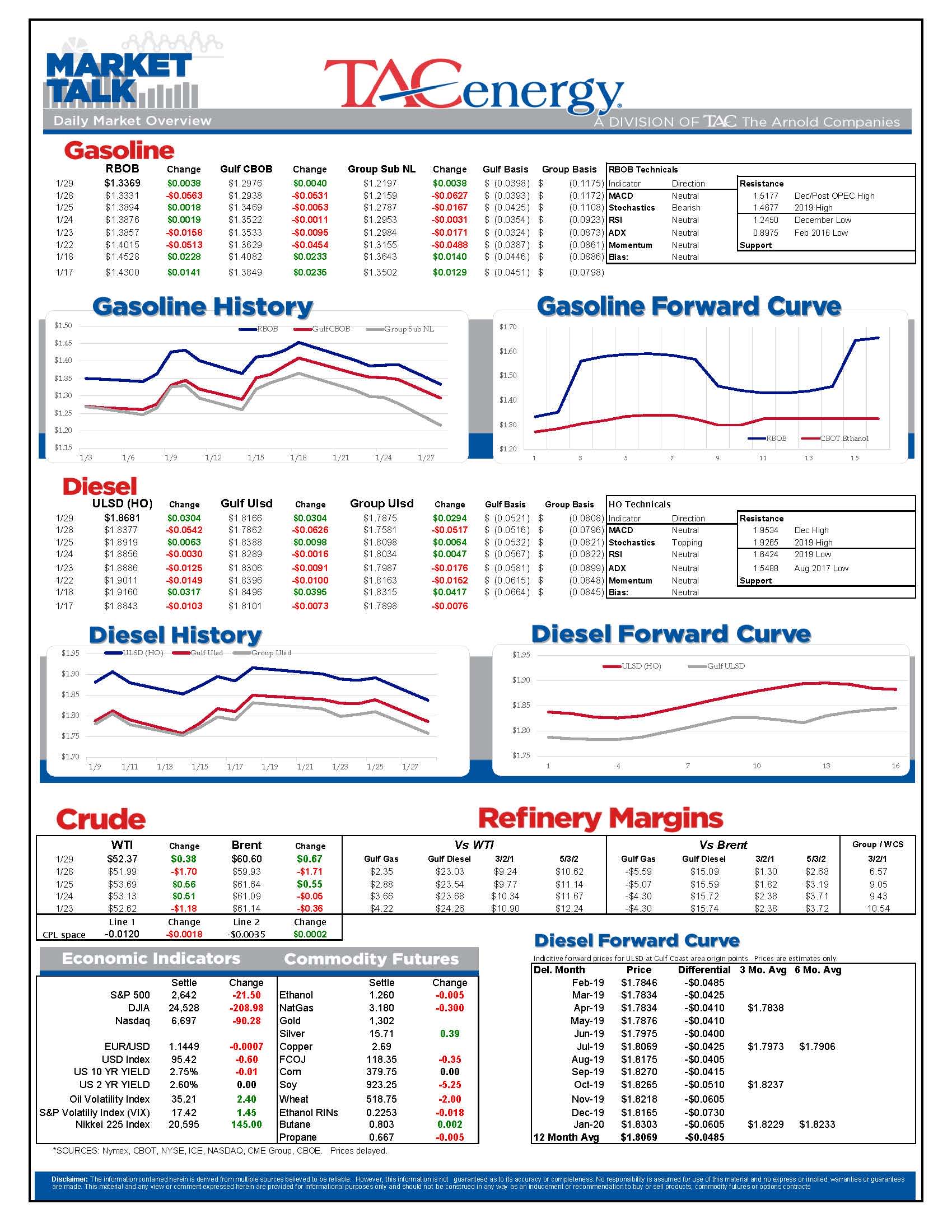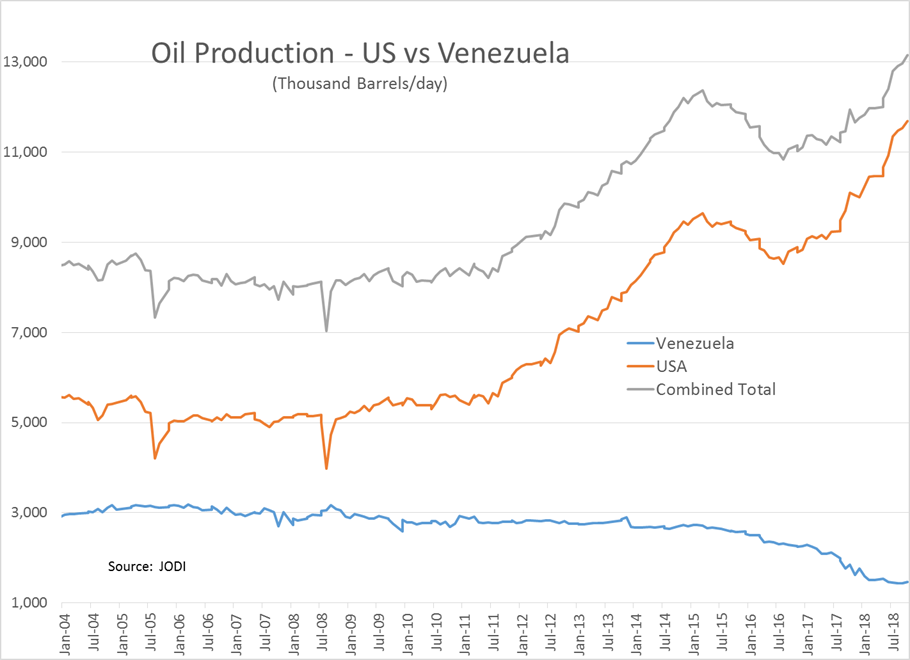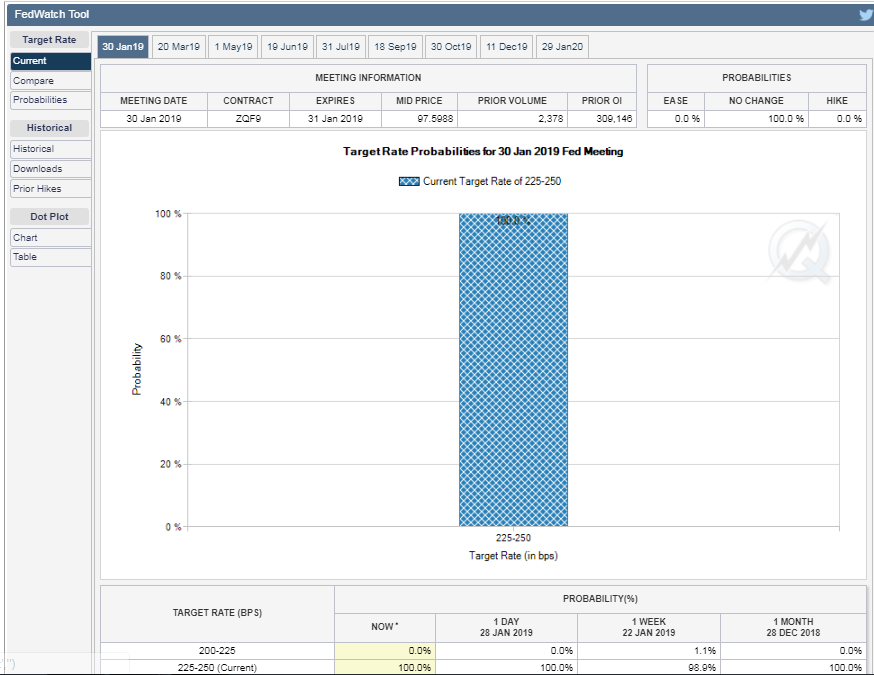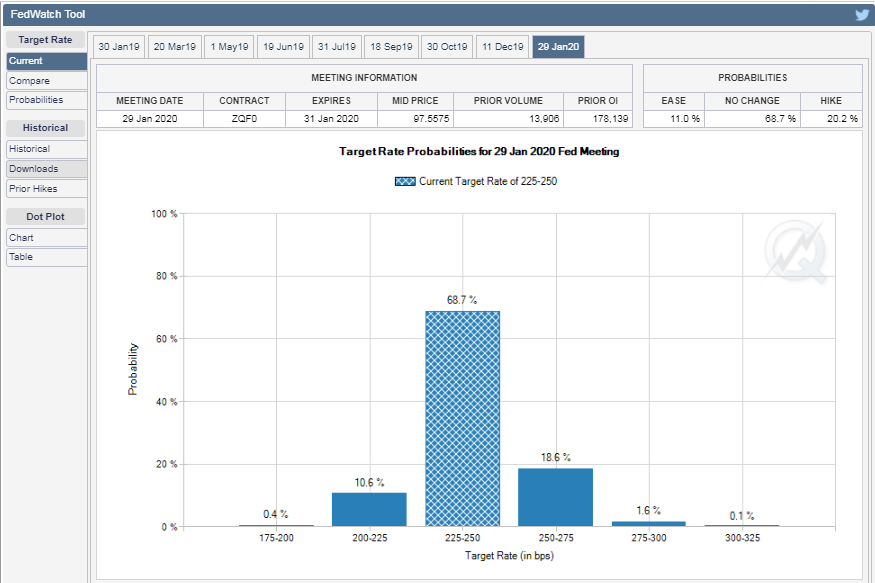Traders Digest Impacts Of New Oil Sanctions

Energy futures are bouncing this morning as traders try to digest the impacts of new oil sanctions, after a heavy wave of selling Monday pushed prices below the floor of the trading range that’s held for the past 2 weeks. Diesel prices are leading the move higher this morning (up 3 cents at the moment vs ½ cent for gasoline) as yet another major winter storm sweeps the country and boosts heating demand.
While the extreme cold temperatures are likely to cause issues at terminals across the Eastern half of the country (vapor recovery units are especially vulnerable to extreme cold) the market reaction suggests there’s more concern about a negative impact on gasoline demand than there is about a disruption to supplies. Midwestern gasoline cash markets dropped below their Christmas eve lows during Monday’s sell-off, even though futures are still about a dime higher than their December floor.
The big news Monday afternoon was that the US will be imposing sanctions on Venezuela’s oil industry, in an attempt to force a transfer of power in the country. While the sanctions aren’t officially an embargo, they will act like one if the current leadership doesn’t relinquish control.
Citgo is allowed to continue operations in the US and oil on the way to the US that’s already been paid for will be left alone, but new oil purchases will be required to be done through “blocked” accounts that will be held until the regime change is complete. Product sales to Venezuela will be limited according to the Treasury secretary, but the details of those restrictions were not made clear.
Oil prices did not have a dramatic reaction to the news, although it seems to be helping limit any additional downside after Monday’s big sell-off. The feeling seems to be that there’s plenty of oil around, particularly with US refiners heading into maintenance, even though localized shortages of heavy crude are an ongoing concern.
The FED kicks off a 2 day Open Market Committee (FOMC) meeting today. According to the CME’s FEDWatch tool, traders are giving a zero percent chance of interest rates changing as a result of this meeting. It’s worth noting that based on where treasury futures are trading, there’s a 23% probability of at least one more interest rate increase in 2019 priced into current values, but also a 10% probability of a 25 point reduction in the FED’s interest rate target by next January.
Meanwhile, the Dallas FED reported accelerating growth in Texas Manufacturing in its monthly survey. Another positive sign for long term manufacturing in the state? Exxon reportedly approved plans to nearly double the size of its Beaumont TX refinery, which would make it the largest plant in the US when work is completed around 2022.
The EIA offered some more color to its Annual Energy Outlook projections made last week in a new note this morning detailing how the US will become a net exporter of energy in 2020.
News & Views
View All
Energy Futures Are Caught Up In Headline Tug-O-War This Morning
Energy futures are caught up in headline tug-o-war this morning with Canadian oil production concerns and a positive US GDP report trying to push prices higher while sinking Chinese demand worries and Gaza ceasefire hopes are applying downward pressure. The latter two seem to be favored more so far this morning with WTI and Brent crude oil futures down ~45 cents per barrel, while gasoline and diesel prices are down about half a cent and two cents, respectively.
No news is good news? Chicago gasoline prices dropped nearly 30 cents yesterday, despite there not being any update on Exxon’s Joliet refinery after further damage was discovered Wednesday. Its tough to say if traders have realized the supply situation isn’t as bad as originally thought or if this historically volatile market is just being itself (aka ‘Chicago being Chicago’).
The rain isn’t letting up along the Texas Gulf Coast today and is forecasted to carry on through the weekend. While much of the greater Houston area is under flood watch, only two refineries are within the (more serious) flood warning area: Marathon’s Galveston Bay and Valero’s Texas City refineries. However, notification that more work is needed at Phillip’s 66 Borger refinery (up in the panhandle) is the only filing we’ve seen come through the TECQ, so far.
Premiums over the tariff on Colonial’s Line 1 (aka linespace value) returned to zero yesterday, and actually traded in the negatives, after its extended run of positive values atypical of this time of year. Line 1’s counterpart, Line 2, which carries distillates from Houston to Greensboro NC, has traded at a discount so far this year, due to the healthy, if not over-, supply of diesel along the eastern seaboard.
Click here to download a PDF of today's TACenergy Market Talk.

WTI And Brent Crude Oil Futures Are Trading ~$1.50 Per Barrel Lower In Pre-Market Trading
The across-the-board drawdown in national energy stockpiles, as reported by the Department of Energy yesterday, stoked bullish sentiment Wednesday and prompt month gasoline, diesel, and crude oil futures published gains on the day. Those gains are being given back this morning.
The surprise rate cut by the People’s Bank of China is being blamed for the selling we are seeing in energy markets this morning. While the interest rate drop in both short- and medium-term loans won’t likely affect energy prices outright, the concern lies in the overall economic health of the world’s second largest economy and crude oil consumer. Prompt month WTI and Brent crude oil futures are trading ~$1.50 per barrel lower in pre-market trading, gasoline and diesel are following suit, shaving off .0400-.0450 per gallon.
Chicagoland RBOB has maintained its 60-cent premium over New York prices through this morning and shows no sign of coming down any time soon. Quite the opposite in fact: the storm damage, which knocked Exxon Mobil’s Joliet refinery offline on 7/15, seems to be more extensive than initially thought, potentially extending the repair time and pushing back the expected return date.
There are three main refineries that feed the Chicago market, the impact from one of them shutting down abruptly can be seen in the charts derived from aforementioned data published by the DOE. Refinery throughput in PADD 2 dropped 183,000 barrels per day, driving gasoline stockpiles in the area down to a new 5-year seasonal low.
While it seems all is quiet on the Atlantic front (for now), America’s Refineryland is forecasted to receive non-stop rain and thunderstorms for the next four days. While it may not be as dramatic as a hurricane, flooding and power outages can shut down refineries, and cities for that matter, all the same, as we learned from Beryl.

